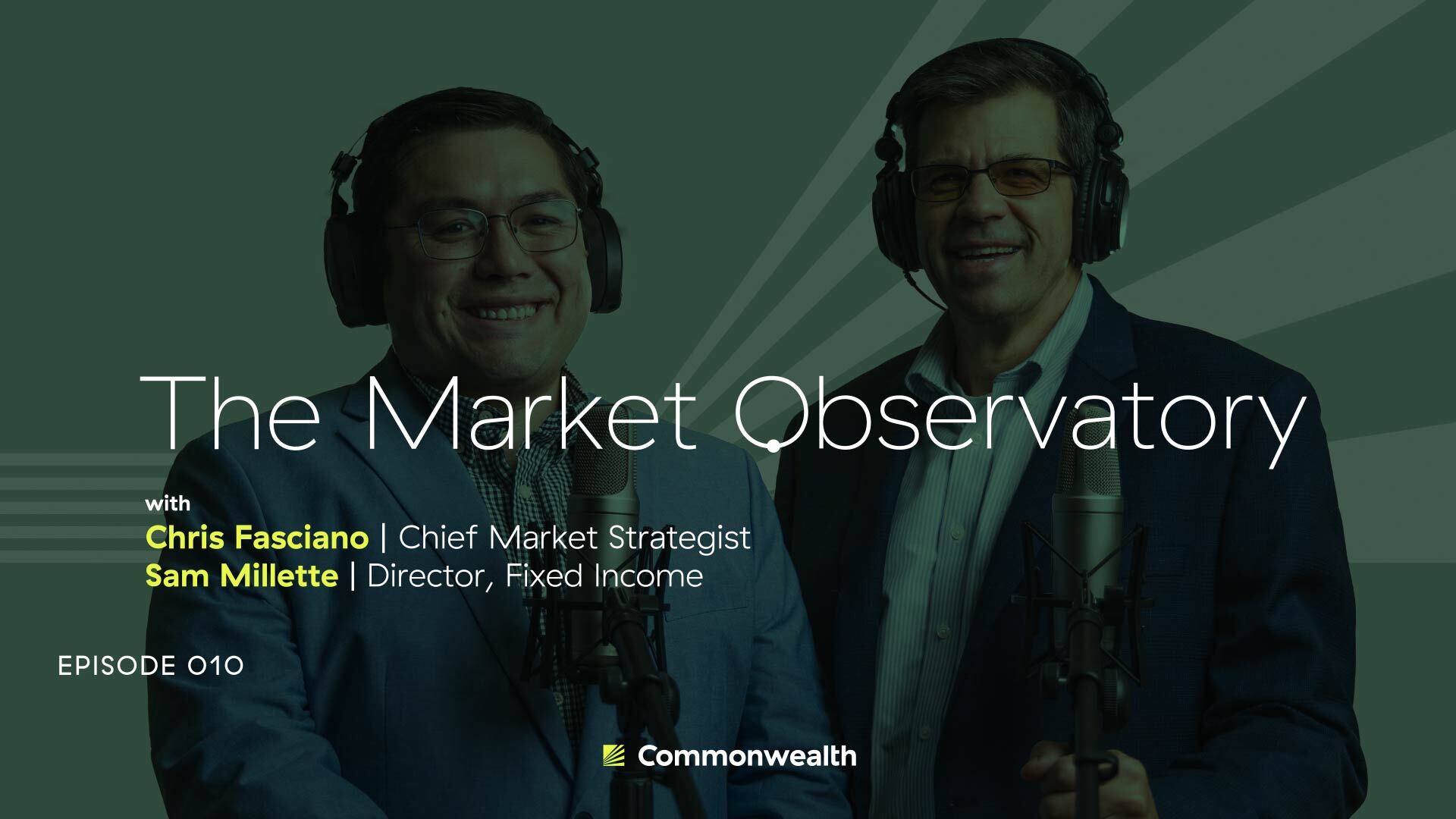September was another positive month for markets, as the S&P 500, Dow, and Nasdaq set new record highs. The international story was similar, with developed and emerging markets gaining for the month. Short-term interest rates also fell in September, as the Fed resumed cutting rates at its mid-month meeting. Markets anticipate one or two additional rate cuts by year-end.














